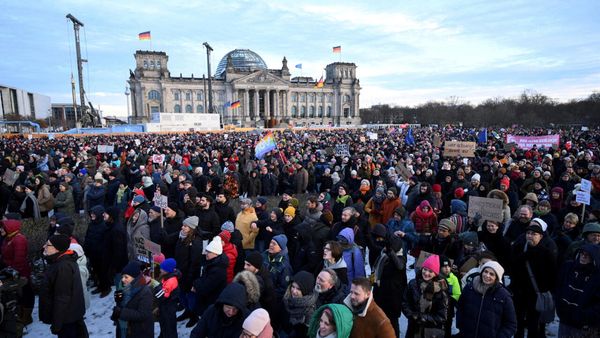
The world must match the kind of emissions cuts recorded at the height of COVID-19 lockdowns to constrain global warming to 1.5C, a new study says.
Researchers from Australia’s CSIRO and China’s Tsinghua University have found global emissions of carbon dioxide fell by 6.3 per cent in 2020, compared to the previous year.
The drop was caused by waves of lockdowns that shut down travel, transport and put the brake on most most industries as COVID-19 swept the planet.
Researchers say that will need to be the new normal – every year – if the world is to meet the primary goal of the Paris climate pact.
“The extraordinary fall in emissions during 2020 is similar in magnitude to the sustained annual emissions reductions necessary to limit global warming at 1.5 C,” the study says.
“This underscores the magnitude and speed at which the energy transition needs to advance.”
CSIRO scientist Pep Canadell says the study will help people grasp the scale and pace of change that’s required to decarbonise the global economy.
“Anything less means we will have to later remove carbon dioxide from the atmosphere because we will have overshot our carbon budget,” he says.
“Or we’ll just simply go higher than 1.5C.”
Data released on Monday showed Australia’s greenhouse gas emissions bounced back in 2021.
National emissions rose by 0.8 per cent or 4.1 million tonnes more than in 2020. The increase was in part due to the transport sector rebounding from COVID restrictions, and agriculture recovering from drought.
“Of course were were expecting that,” Dr Canadell says.
“We haven’t changed our energy system and our economic activity is coming back.
“But the important thing is we are still below pre-pandemic levels.
“We had a long-term trend of emissions reductions over the last 15 years in Australia, and the challenge is to make it go further and harder.”







